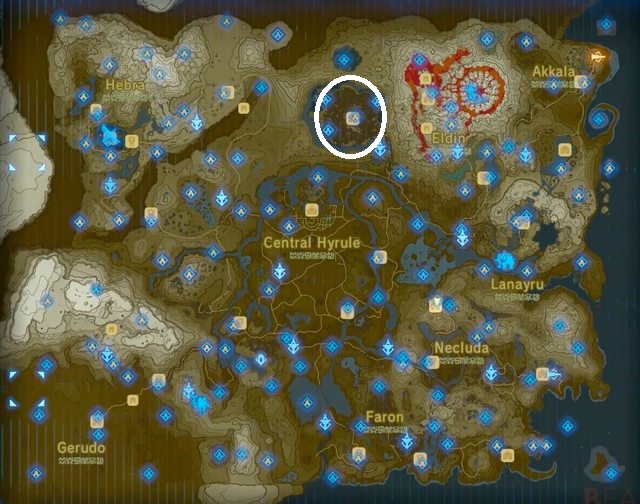

The latter is because they rapidly lose water, both through cuticles and by excretion. A woodlouse’s habitat, therefore, only requires 2 main things: a reliable source of food and a lack of complete dryness, which is something that woodlice cannot cope with. Otherwise, the tough exoskeleton acts much like a shell, protecting the individual from variations in temperature, as well as humidity.

The only environments where they cannot live are the polar regions and the very arid deserts. Being so adaptable, woodlice can be found in a variety of habitats, from forests and jungles, to deserts. Woodlice are actually the only crustacean that do not live in the water. Woodlice are spread all across the world, being an ancient crustacean species that has evolved from a water-based environment to being capable of living on land. Generally, woodlice will be grey or brown in colour and measure around 1cm, although tropical species can grow up to 3 times larger. Depending on the species, woodlice will have up to 14 joined limbs, which give them flexibility. The reason why there are 2 stages to the moulting process has to do with minimizing the vulnerability of the woodlouse during the period, however short, it is without its armour. This moult is composed of 2 stages: first the back half, then, 2-3 days later, the front half. It has a long, segmented exoskeleton, which is rigid and must be progressively shed as it grows, in order to allow further development.
:max_bytes(150000):strip_icc()/002-1ce3571d04794cdaa64ba419534fc38e.jpg)
Woodlice are members of the suborder Oniscidea from the order Isopoda.


 0 kommentar(er)
0 kommentar(er)
